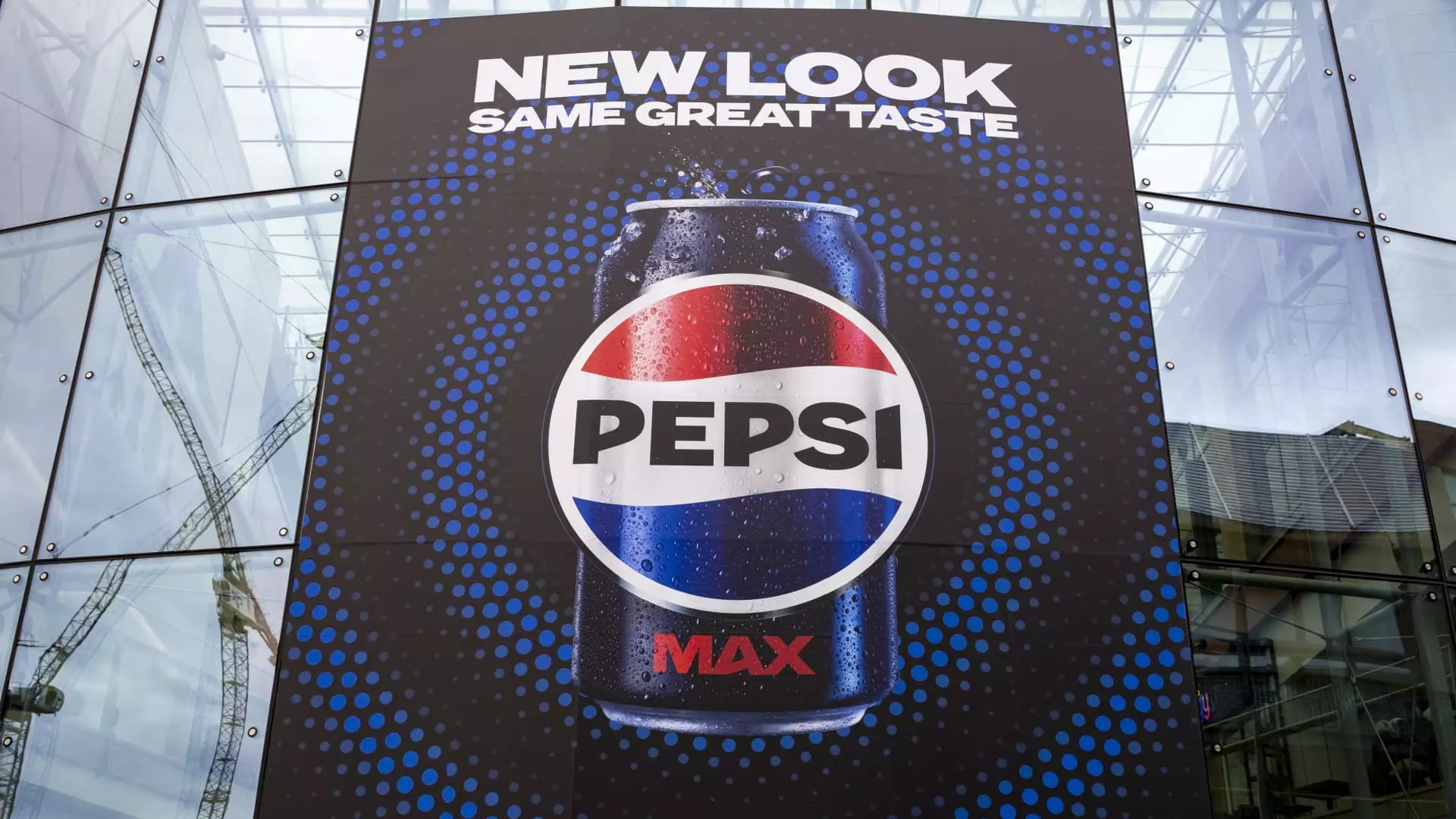In recent days, uncertainty has clouded the stock market, triggering alarm bells at one of the world’s foremost investment banks, Goldman Sachs. The firm has recalibrated its expectations for the S&P 500, lowering its year-end target for 2025 from 6,500 to 6,200. This downgrade signals an unsettling shift, igniting concerns over a potential downturn just as the market faced a significant pullback. The S&P 500 itself has suffered a 9% decline from its all-time high within a mere three weeks, a stark reminder that the macroeconomic landscape is anything but stable.
Chief U.S. equity strategist David Kostin has drawn attention to two critical factors prompting this shift in sentiment: the decline of major tech stocks, dubbed the “Magnificent Seven,” and fears of a longer-term economic deterioration. These market indicators are more than just numbers on a page; they represent the real anxieties that cling like a thick fog over investors. Kostin acknowledges a historical trend where declines of up to 24% in the S&P 500 often accompany economic recessions, raising serious questions about the current market’s resilience.
Strategies for Survival Amid Uncertainty
Despite these fraying market conditions, Goldman Sachs is working diligently to fortify its clients’ portfolios against any impending economic backlash. As fear begins to ripple through the market, Kostin’s team is guiding investors toward stable growth stocks—those reliable firms that have consistently delivered cash flow with minimal fluctuations over the past ten years. This thoughtful approach may provide some semblance of security in an environment fraught with risk.
Among these so-called “stable growers” lies Alphabet, the parent company of Google. Wall Street’s confidence in this tech leviathan is underscored by Goldman’s optimistic projection of an 11% increase in both earnings per share and revenues by 2025. Yet, despite this positive outlook, Alphabet’s shares have already plummeted nearly 13% year-to-date, raising questions about the disconnect between promise and performance. If tech giants like Alphabet are feeling the heat, what does that mean for average investors?
Consumer Giants Facing New Challenges
Goldman Sachs also pointed to other resilient names, such as Domino’s Pizza and PepsiCo, in its quest to identify stable growth amidst chaos. For Domino’s, the strategists anticipate a modest 5% uptick in sales and earnings per share by 2025, thanks in part to a new stuffed crust offering aimed at rekindling customer interest. Even with this strategic pivot, the stock remains under scrutiny, valued against the backdrop of an increasingly competitive market.
Conversely, PepsiCo’s trajectory is clouded with uncertainty. Following the controversial appointment of Robert F. Kennedy Jr. as Health and Human Services Secretary—an appointment rumored to bring significant scrutiny on major food companies—the stock faces a troubling horizon. Despite optimistic projections by Goldman estimating only a 2% growth in earnings per share, the recent upheavals raise doubts. With the potential for regulatory changes looming over the food and beverage industry, particularly regarding artificial ingredients, is PepsiCo too risky an investment given the circumstances?
The Broader Implications of Market Sentiment
The message from Goldman Sachs is clear: caution is paramount. What’s more alarming is that these significant shifts don’t merely reflect the internal vulnerabilities of companies; they underscore the fragility of the overall economy. With inflationary pressures and geopolitical tensions looming large, investors must grapple with the uncomfortable reality that the protective measures previously considered “safe” may not provide the shelter once thought.
As we chart a course through uncertain financial waters, one can’t ignore the socio-economic repercussions of these market fluctuations. If large-cap companies—often seen as the bastions of stability—struggle to stay afloat, what does it imply for the average worker, the small business owner, and broader society?
Before the storm fully breaks, one must ask: Is there enough resilience left in the market to weather whatever economic strife is on the horizon? As a practicing liberal, I contend that these market dynamics are not just about numbers but are a reflection of the deepening wealth disparities and shifting socioeconomic landscapes that affect all aspects of life. The time for critical evaluation is now, lest we find ourselves unprepared for a future that seems less assured by the day.


Leave a Reply